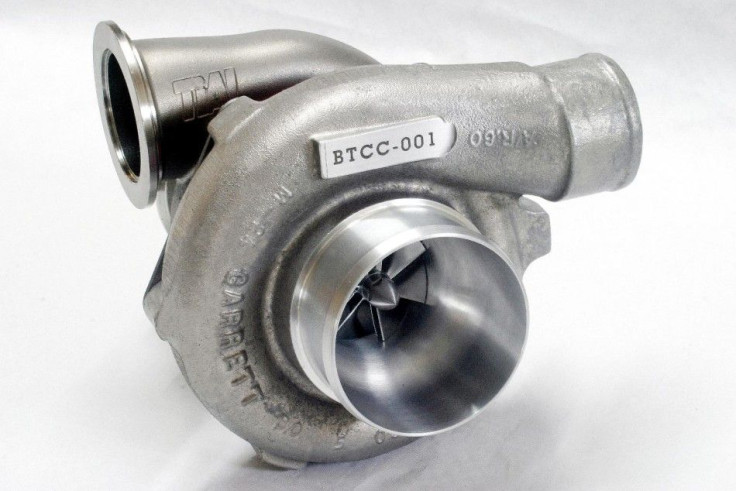
In fashion, they say that styles and trends return to vogue every 20 years. Apparently, this may be true for automobiles as well.
Back in the 1980's, turbocharging experienced a growth in popularity that stemmed from its adoption in motor racing including Group B Rally and Formula 1. Now, automakers have perfected a turbo system that allows smaller displacement engines to attain better fuel efficiency without compromising power and performance.
According to a study conducted by New Jersey turbo manufacturer Honeywell, a projection of 3.2 million turbocharged vehicles are expected to be sold in the United States in the year 2012, a staggering increase of 1 million over the 2.2 million turbo vehicles sold in 2011.
What's more, approximately 850,000 of the 3.2 million figure are expected to make up the passenger car category, a 61 percent increase over the number of sales in 2011.
According to industry analysts, buyers opt for turbocharged vehicles for its inherent fuel efficiency benefits over naturally-aspirated vehicles. Of equal importance, turbocharged cars are also generally more affordable than comparable hybrids. According to Honeywell Turbo Technologies' American division vice president Tony Schultz, "[Turbocharging] is a proven technology that can be used across market segments and does not put the consumer in an extended payback period like other technologies to realize its benefits."
Recognizing the consumer demand, General Motors, Ford, and Chrysler all offer a turbocharged powerplant for at least one model in its line-up. Likewise, Honeywell studies also reveal that the rising demand for small displacement turbocharged powerplants directly correlate to the falling demand of V8 engines.
[Source: Honeywell]




